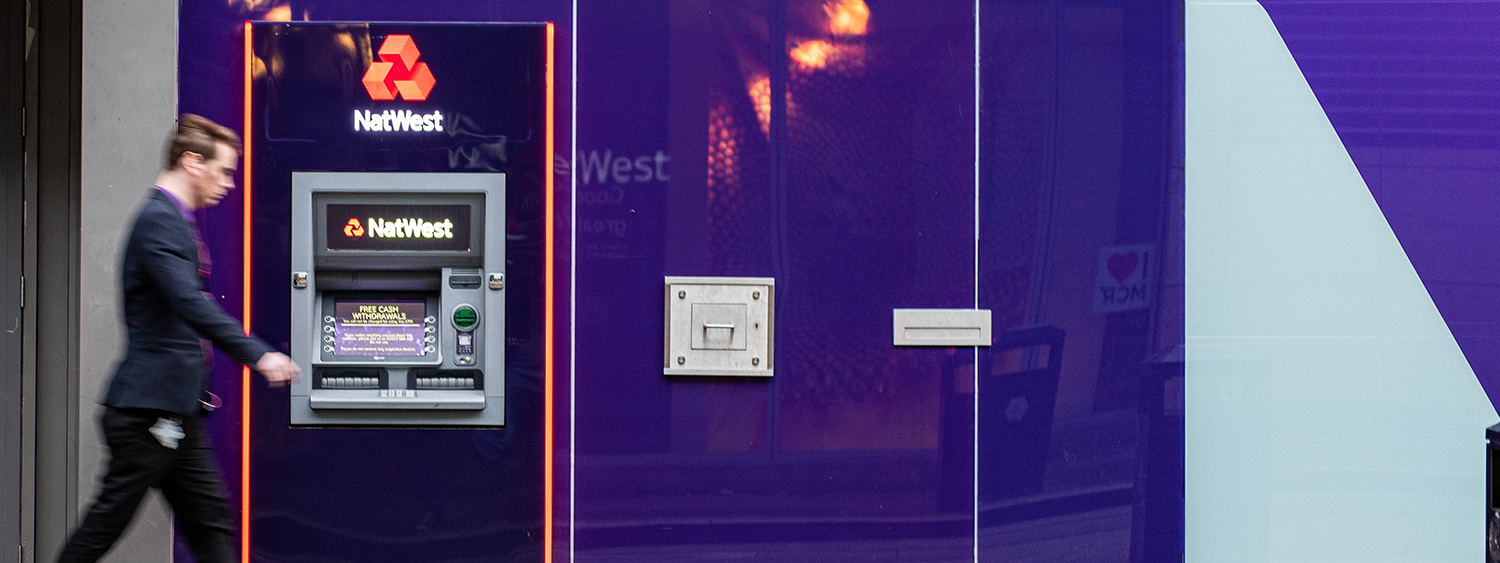“The customer isn’t always right. The right customer is always right. And yes, there is a difference.” Professor Peter Fader.
Surely that can’t be right? It goes against everything that’s ever been said about giving a high standard of service to customers.
Not all customers are created equal.
Don’t confuse a great customer experience or service, or being nice and friendly to them, with customer-centricity.
You can’t give the same high level of service to all your customers as many don’t deserve it and those who try it may not deliver a satisfactory level of service to any customer. The consequences can be potentially disastrous.
Want to keep reading?
Create a web account to get access to more insights









